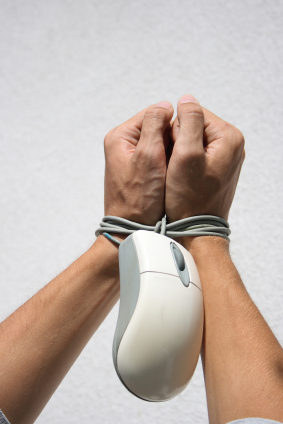
I saw this message posted today on one of the support groups I follow on Facebook. It illustrates one parent’s dilemma with assistive technology, but it also mirrors many of the emails I receive from parents and school colleagues who are working with young people using eye gaze technology.
“”We fought forever to get our Dynavox with eye gaze. But now, I feel it’s causing more issues than it helps. So many technical issues. Sometimes it works great, sometimes not so much. My son has pretty good use of his hands although he is not accurate in pointing or hitting targets, which is why we wanted to try eye gaze, but now I’m thinking we made a mistake in getting the eye gaze. He WANTS to USE his hands… and HE CAN — kinda… though not always accurately. So I’m stuck… do we focus on learning eye gaze, or focus or helping his hand accuracy improve? I literally have to hold his hands down when we work on eye gaze, and that feels wrong to me too? So I’m just not sure where to go from here.”
With regard to the technical issues, if we are ever to succeed with assistive technology it has to work. No ifs, no buts and it has to easy enough for the people supporting the young person to learn, use and adapt to the changing needs of the user.

The family here chose an eye gaze machine for their son because it seemed the logical choice for a young person who experiences difficulty moving their hands and yet the young person is clearly demonstrating that they want to use their hands to access the device. Many of the responses to the original post focused on behavioral strategies to discourage the child from reaching out for the screen. I was a little taken aback. It’s difficult to imagine any scenario (outside of heath and safety) where I could recommend strategies to forbid a young person with Cerebral Palsy from exploring the world around them with their hands. We want them to use their hands and in the process develop their gross and fine motor skills.

Whenever I read things like this I’m reminded of the wonderful Joy Zaballa and the SETT Framework which encourages us to start with the needs of the young person, their environment and those that support them before we make decisions about which assistive technology may be the most appropriate. Technology is wonderful, eye gaze is especially wonderful, but the technology has to meet the needs of the young person not the other way around. Technology must ‘fit’ the young person… the young person shouldn’t have to ‘fit’ the technology. ‘Listen’ to what the young person is telling you. Explore all options, open all the doors and give them time to play. It’s not a race, it’s a journey and one that for the young person, will last a life time. If the young person sees value for them in using the device they will, however they chose to access it.
These parents face a difficult decision. I’d be interested to hear your thoughts on how to help them.

I do, so wholeheartedly, agree, Ian. Giving CYP the support to make the choiced that are right for them is so important. I am a specialist teacher supporting CYP with physical disability in mainstream schools and when I advise I follow it up with “Give it a go; if it doesn’t work first time, try again; if that doesn’t work, put it aside for a week or so (?) and try it again, and if that doesn’t work, try something else!
Thank you for all you do, you make a huge difference.